Search results for “upper rio grande”
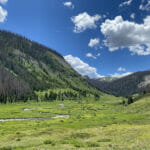
“New Mexicans have been here on this land for more than 400 years,” Mitchell said. “You can’t come in with a ‘trout guy’ perspective. These are age old relationships that we have to foster and work together with to build trust.”
For Immediate Release May 19, 2016 Contact: Kevin Terry, kterry@tu.org, Randy Scholfield, TU communications, rscholfield@tu.org, 720-375-3961 Terry honored for work protecting native trout in Colorado Trout Unlimited biologist receives award for passion, partnerships in preserving Rio Grande cutthroat trout (Alamosa, CO)–For Kevin Terry, preserving native trout is a passionand his colleagues in the conservation community
Extensive efforts in southern Colorado and Northern New Mexico to restore habitat for the Rio Grande cutthroat trout (RGCT) have been underway since at least 2003. State agencies, tribes, federal agencies and Trout Unlimited have cooperated to bring this species back to more of its historic range, applying expert knowledge and considerable experience to restore this important native species, which is also the state

It is finally September in Northeastern Oregon As the season changes, TU’s Andy Scheele thinks about time, restoration and steelhead returning to their home waters It is finally September in Northeastern Oregon; my favorite month of the year. The weather and foliage are changing. Elk are bugling in the mountains. Insects are burying their heads
STATE OF THE BASIN For far too long, the Colorado River has been overused and overworked. Despite this year’s epic winter, the system’s largest reservoirs are still less than a third full, while the Basin faces threats to its environmental, economic, and cultural values. With so much at stake for the future of the Colorado
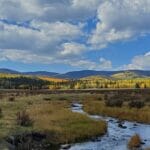
It looked like the brookies were almost certain to extirpate native cutts and that work to improve Jim Creek was a lost cause
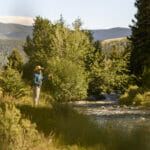
According to the Outdoor Industry Association, 28 percent more Americans went camping in 2020 than during the previous year, and 8.1 million more of us went on a hike. Fishing numbers soared too
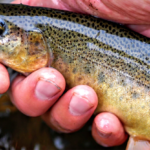
Jim looked at me in disbelief. “What?” I repeated my question, “Why is it important that we recover southwestern native trout?” “Let me tell you a story,” he said. Jim Brooks was the longtime lead of the Gila Trout recovery team. Gila trout are native to the tributaries of the Gila River in New Mexico
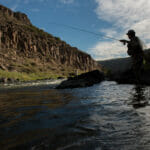
New report details how National Monuments support access, opportunity and economy of hunting and fishing
The San Luis Valley The San Luis Valley is located about 200 miles southwest of Denver, Colorado and is bounded on the west by theSan Juan Mountains and by the Sangre de Cristos to the east. The region is home to more than 1.8 million acresof public land that includes hunting and fishing opportunities on

Often referred to as the hardest-working river in America, the Colorado River provides drinking water to 40 million people and irrigation water to 5.5 million acres of farm and ranch land across the Southwestern United States
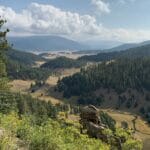
In New Mexico’s Jemez Mountains, TU and ranchers are working together to keep streams healthy and improve range productivity.

The Streit family is TU royalty in New Mexico
FOR IMMEDIATE RELEASE April 20, 2016 Contact: Randy Scholfield, rscholfield@tu.org, 720-375-3961 Jack Williams, jwilliams@tu.org, 541-261-3960 Mike Anderson, manderson@azgfd.gov, 623-236-7653 Scientists detail agenda to preserve Southwest native trout Trout Unlimited says collaboration key to saving Americas most imperiled trout (Phoenix)Scientists, anglers and trout enthusiasts from conservation groups such as Trout Unlimited and federal and state wildlife
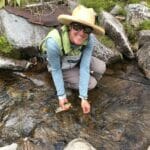
The year 2020 has been a year of wrecked plans
General Documents & Records Native Trout Management Policies Native Trout Posters Native Trout Angler Education & Contests Western Native Trout Issues & Resources Eastern Native Trout Issues & Resources State Fisheries & Trout Management Plans Scientific Articles

Step one: throw a long cast down or upstream, immediately click the bail, establish tension, then activate your lure with a six to eight foot pull. Step two: stop everything. In these two moves, you have alerted every trout in the pool to the arrival of a big and vulnerable prey. Step three: resume a
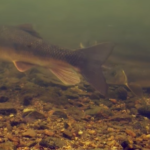
Several years ago, I was on an early-season prospecting trip into the headwaters of the Rio Grande in south-central Colorado, on the prowl for migrating cutthroats. I found a great little meadow-stretch of water and carefully crept to the edge of the river—really just a small stream at this elevation. Peering carefully over the edge













